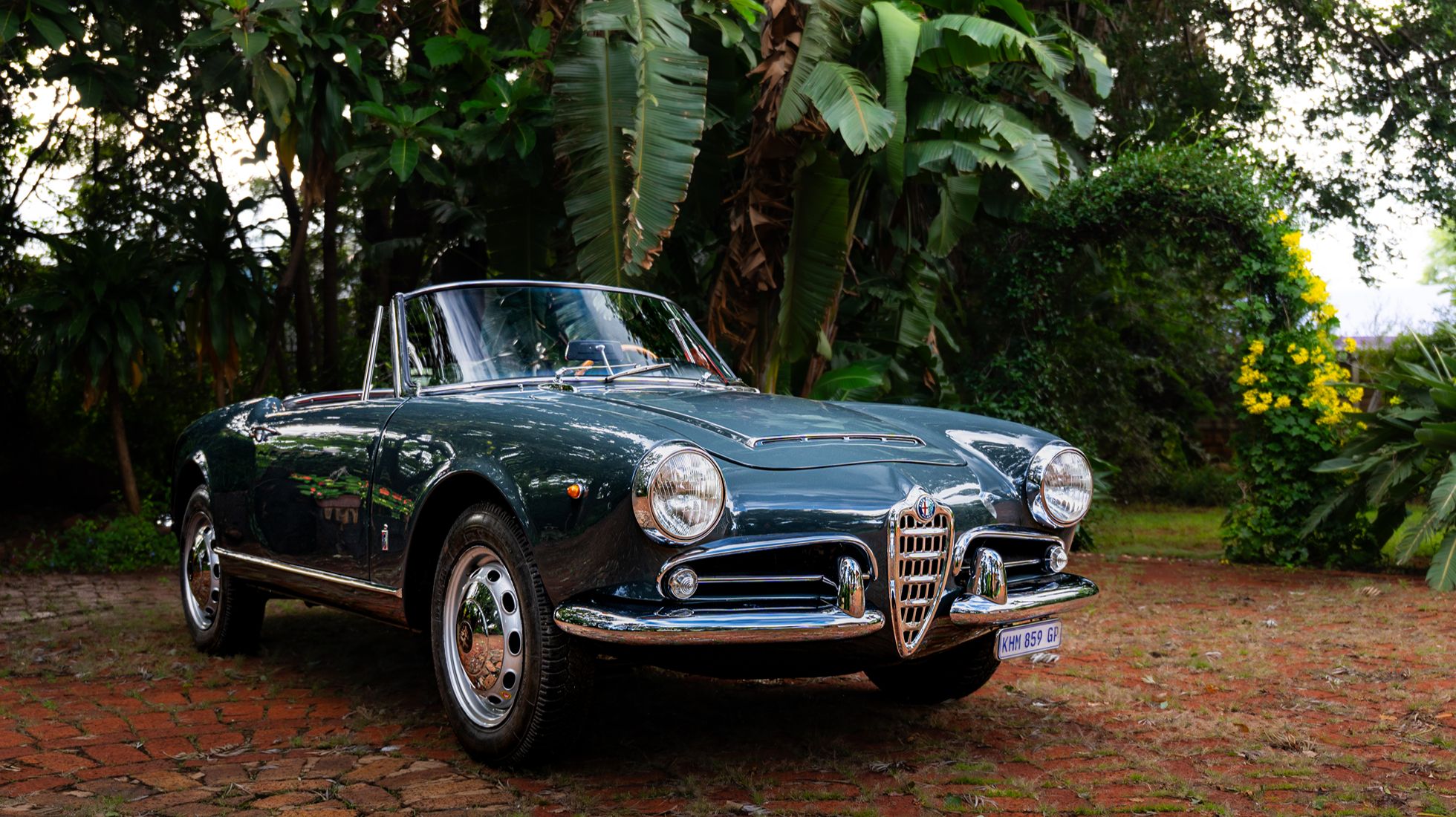Named after the Mediterranean storm, Rimac has unveiled its production version of the C_Two dubbed Nevera.
With the production units of the Nevera capped at 150, Mate Rimac, Founder and CEO of Rimac Automobili, will personally test and sign off each of the Neveras before they are delivered to customers. Customers will be able to choose between GT, Signature, Timeless versions, plus a Bespoke edition.
Powering the Nevera is a quad-motor setup that puts out a staggering 1 408 kW and a whopping 2 360 Nm, good for a sprint to 100 km/h from a standstill in as little as 1.97 seconds. The acceleration from 0 - 300 km/h is achieved in 9.3 seconds with the top speed capped at a Bugatti Chiron-threatening 412 km/h.
According to Rimac, the Nevera has been engineered to deliver a 34% boost in aerodynamics when compared to early concepts.
It is fitted with new active aerodynamic elements for cooling, performance, stability as well as efficiency abilities. For example, the front bonnet profile, underbody flap, rear diffuser and rear wing can each move independently.
Drivers can switch from ‘high downforce’ to ‘low drag’ mode thus reducing aerodynamic drag by 17.5% and creating a 0.3 coefficient of drag. Changing back into ‘high downforce’ mode increases downforce by 326%.
The electric motors are fed via a 120 kWh battery pack that is good for 550 km of driving range. Getting the Nevera recharged from empty to 80% takes 22 minutes when using the fast charging facility.
Tipping scales at 2 150 kg, the Nevera’s battery pack adds 37% structural stiffness to the carbon fibre monocoque.
It rides on a set of lightweight, forged alloy wheels that feature a unique aerodynamic design that channels cooling air to the Brembo carbon-ceramic braking system.
Getting inside the Nevera, it is two seats big and comes fitted with digital screens as well as a trio of high-definition TFT screens.
There are tactile billet aluminium rotary controls and switches.
As stated, only 150 units of the Nevera will be built and according to the Croatian manufacturer, each will cost €2 million (approximately R33 million) at the current exchange rate.

.jpg)
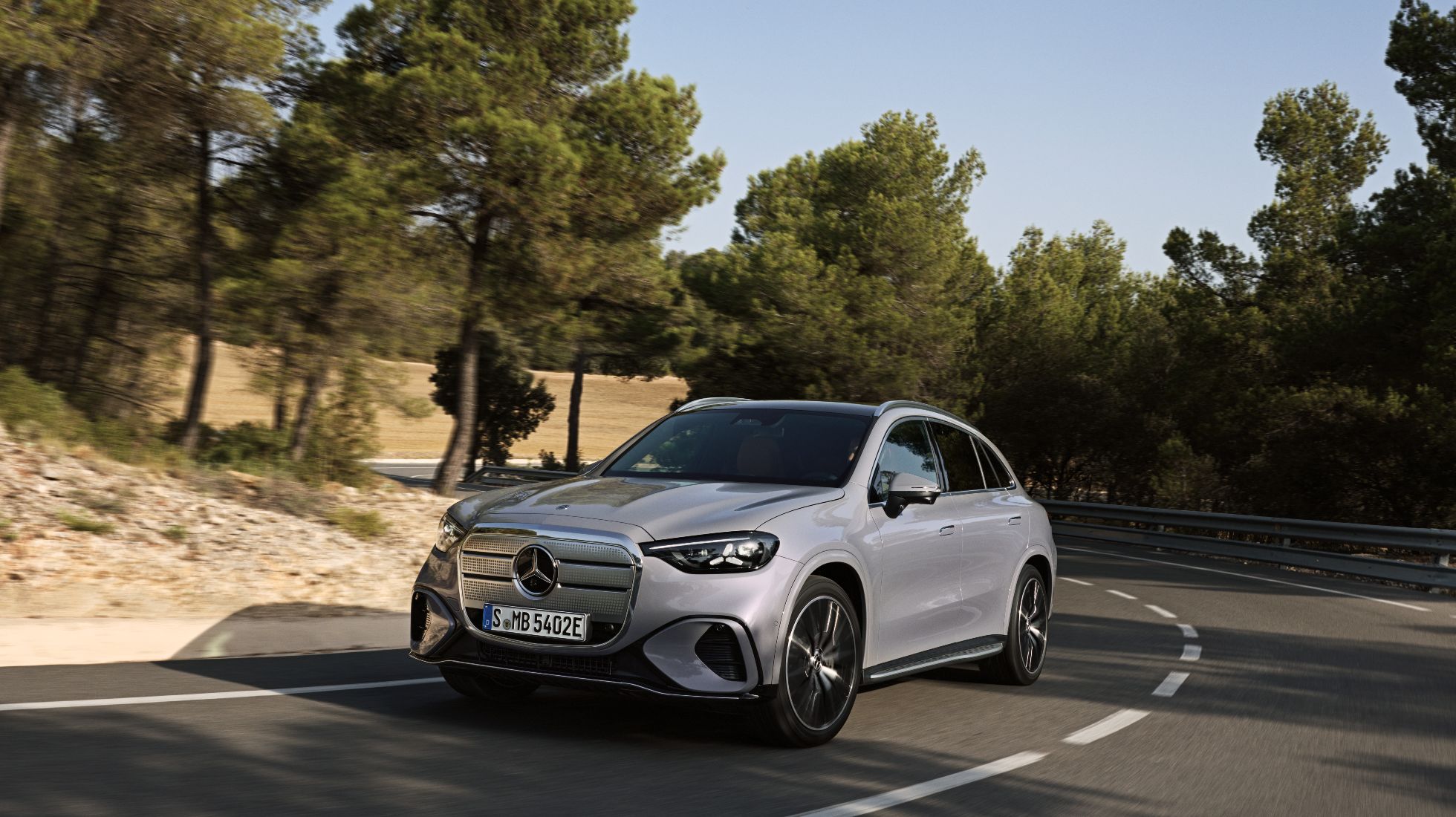


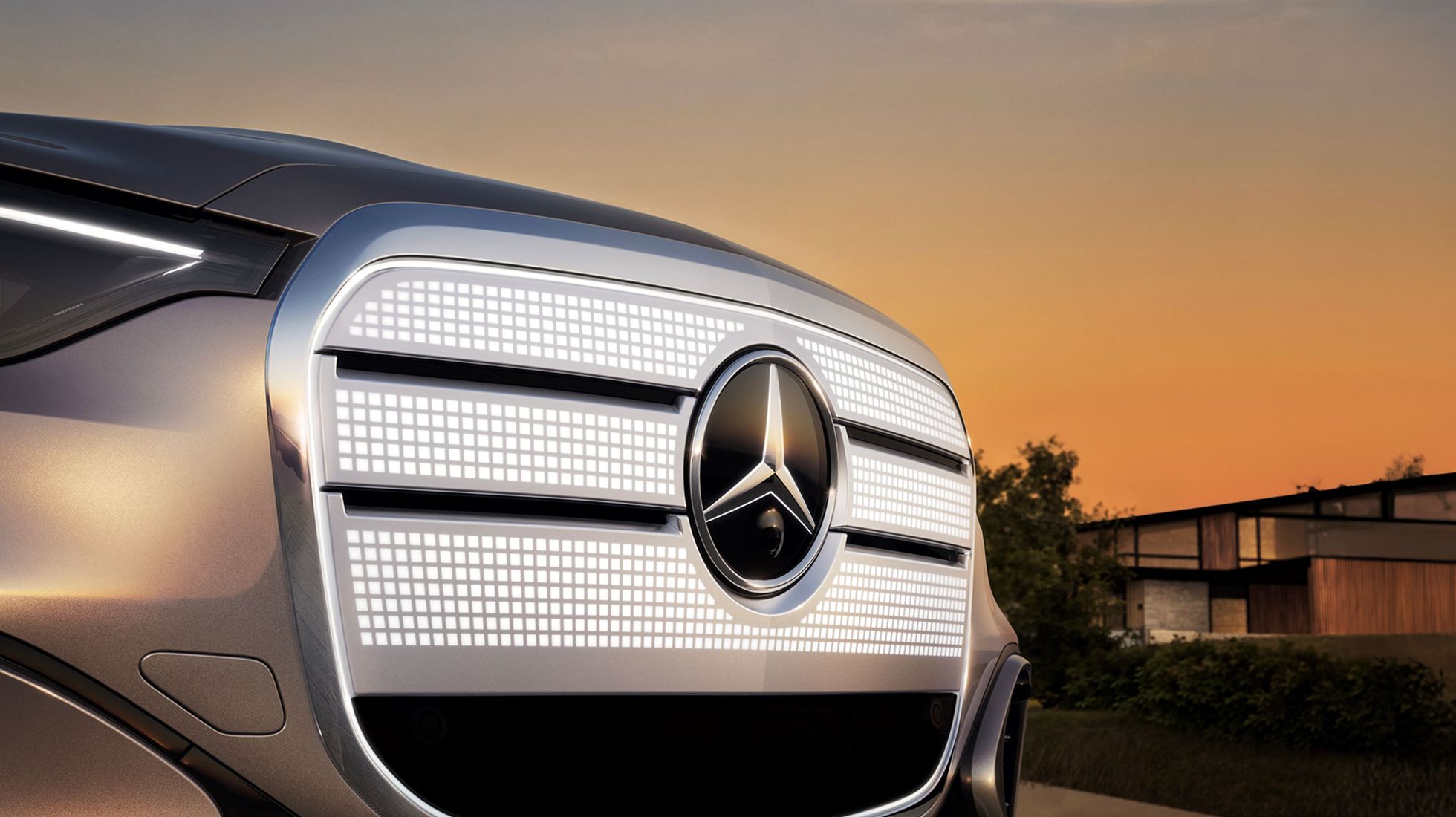
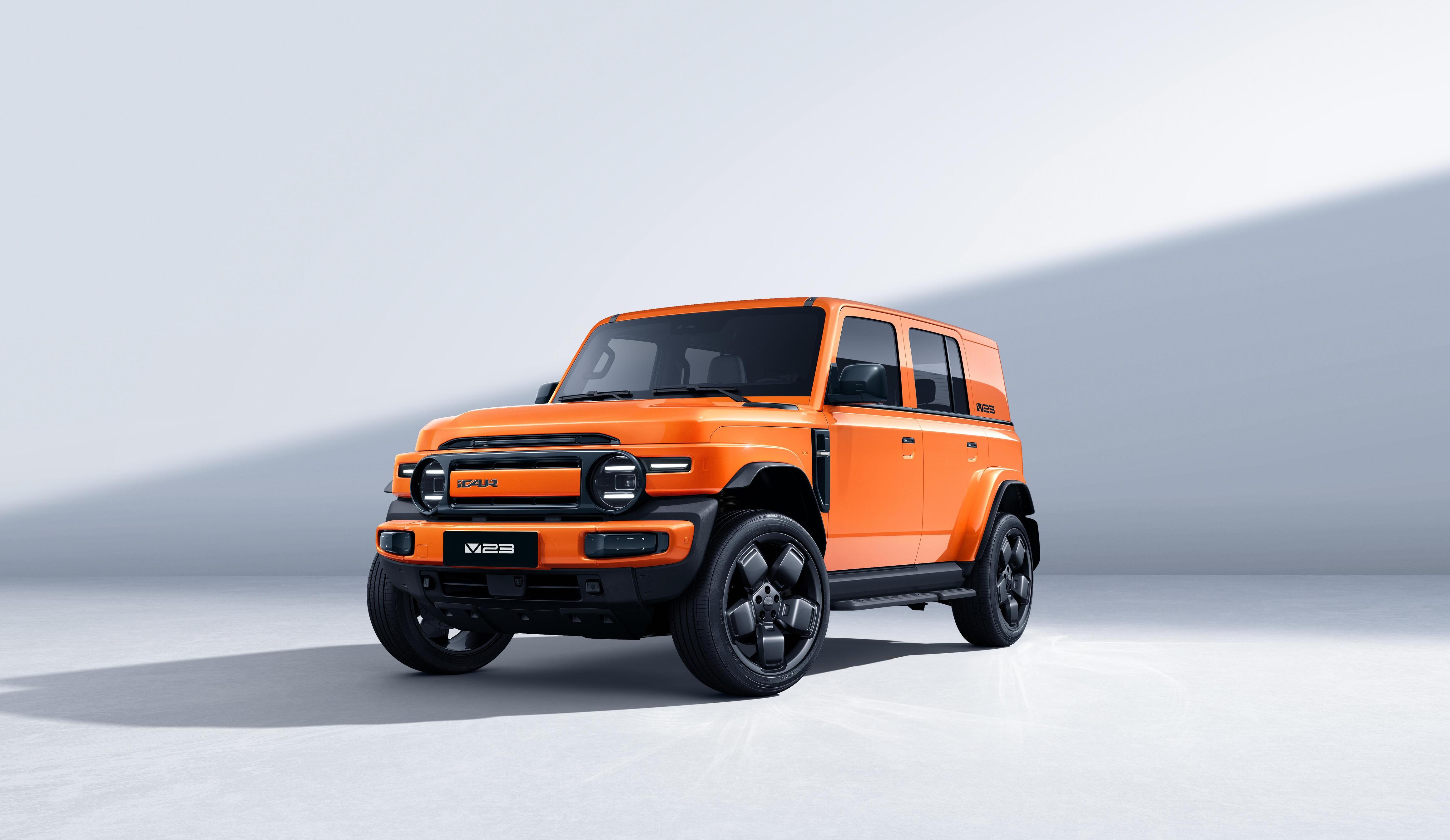






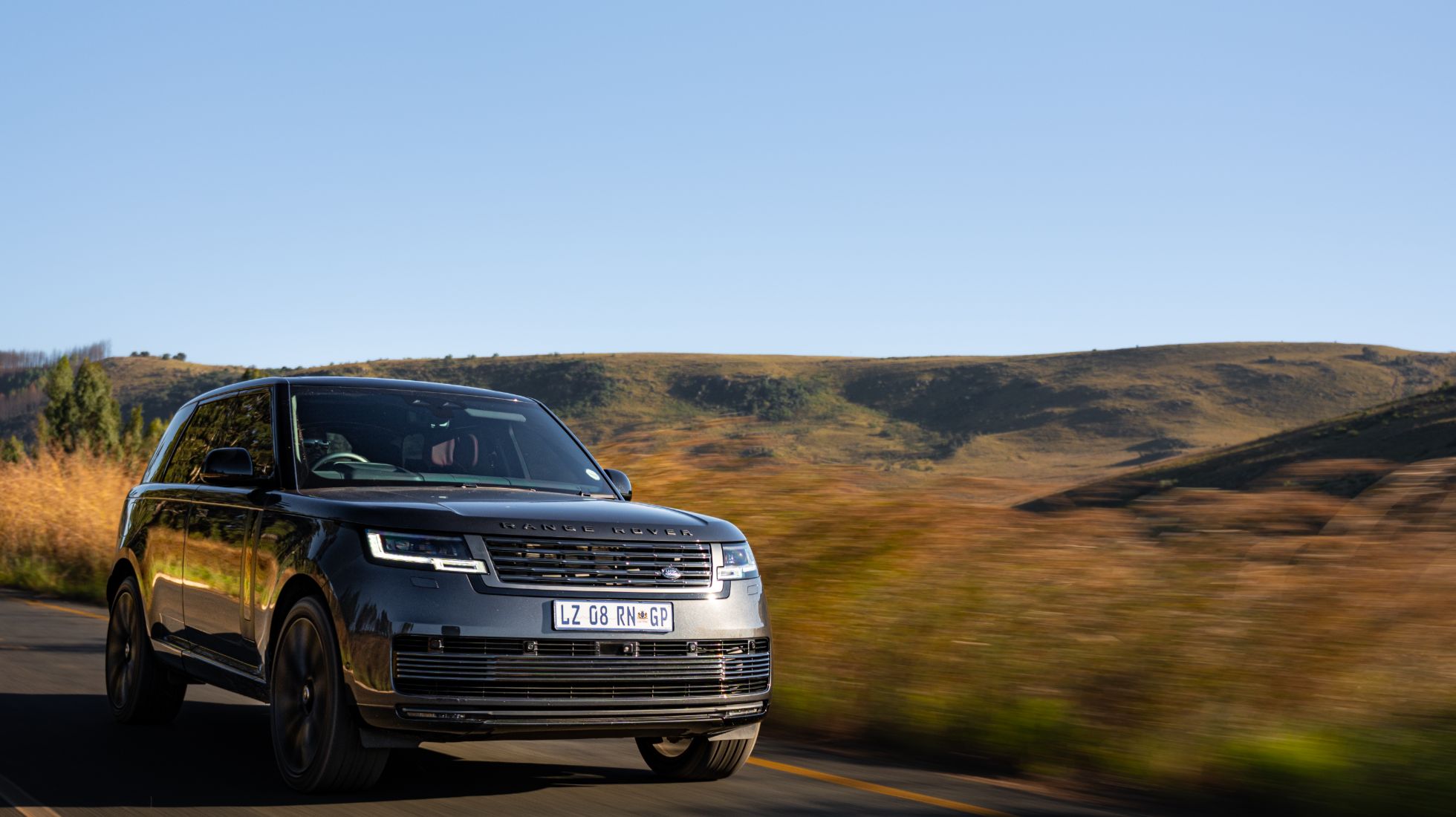
.JPG)
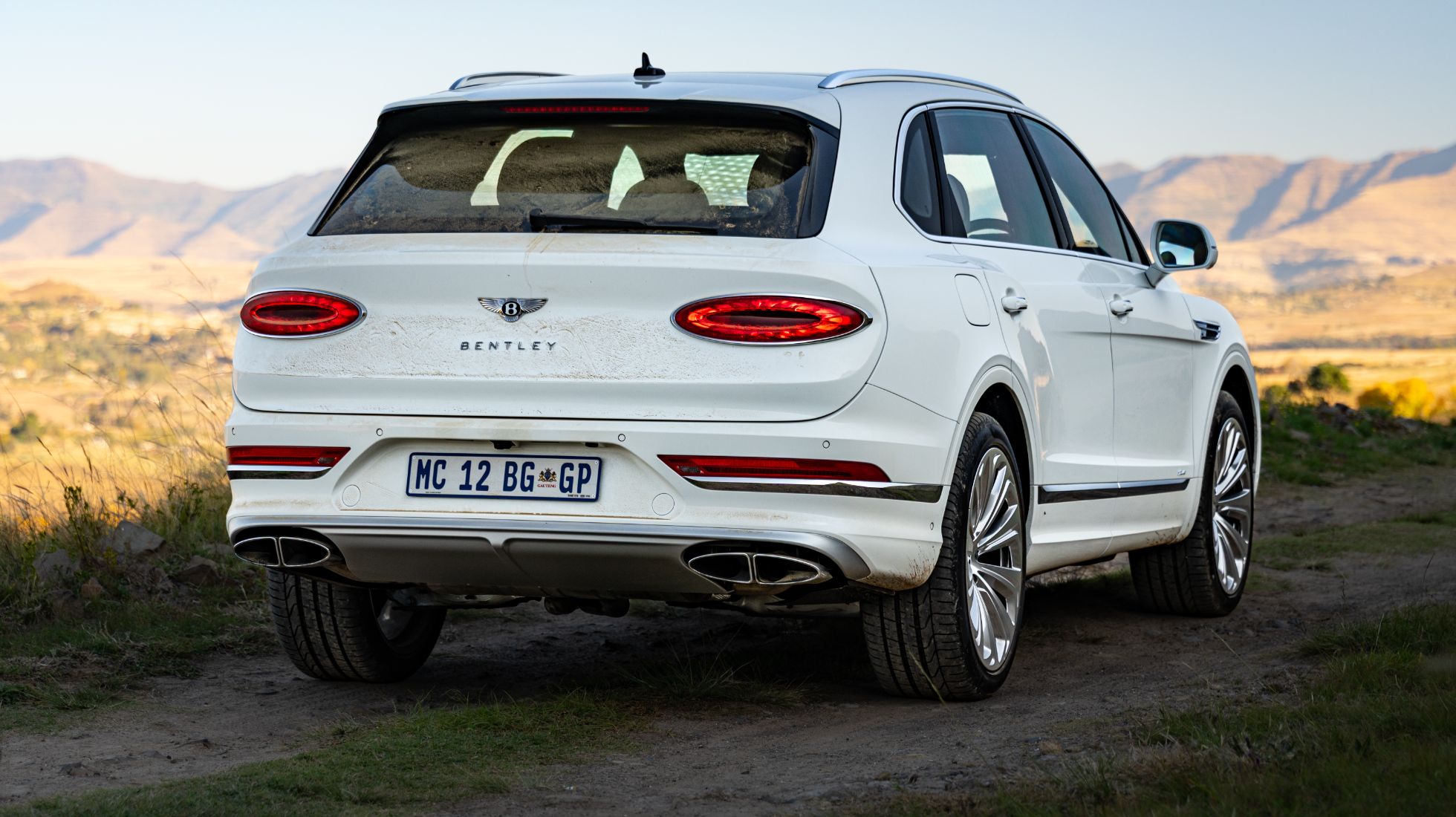



.jpg)
